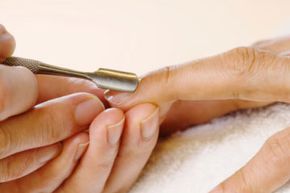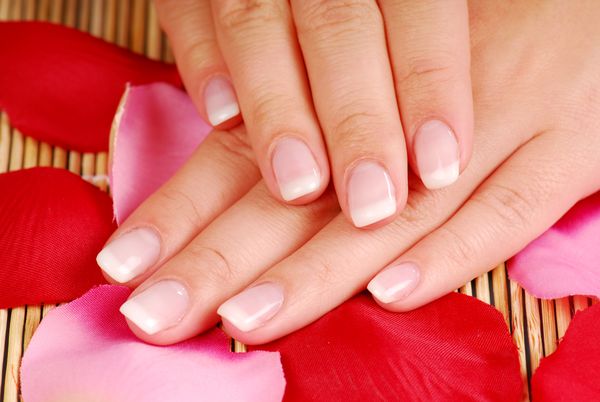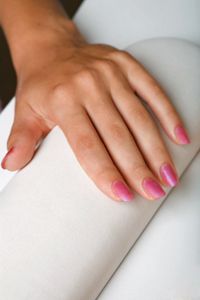Take a good look at your fingernails. Maybe they're long, beautifully rounded and perfectly polished. Or maybe they're blunt and naked, ready to work in the garden.
Now take a closer look -- not at your nails, but at your cuticles. Look at the base of your nail -- the area where the nail meets your skin. You should see a white crescent called the lunula. The cuticle is the piece of skin that overlaps the hard nail and touches the lunula. You may be wondering what they do, or why you need them. If you get frequent manicures, they may be smooth and even, pushed back as far as they'll go. If not, they may be ragged and torn, or creeping up on the nail. But either way, you'd be wise to pay some attention to these little scraps of skin.
Advertisement
The cuticle plays an important role in the health of your nails. They provide a protective cover for the tissue that grows new cells that build the nails. As you know, your nails are constantly growing -- that's why you have to keep clipping them. They are made of a hard type of protein called keratin, which serves as a protector for your fingertips [source: Mayo Clinic]. The cuticle protects the new, soft keratin as it emerges onto the nail. As the protein ages, it hardens. Look farther down your nail, toward the tip. There, you'll find the oldest part of your nail. If it's healthy, you'll find that it's very stiff.
Taking care of your cuticles is important because it can lead to stronger, healthier nails. Also, if you neglect them, your cuticles can cause some problems, including painful infections [source: New York Times]. It is easy to prevent these infections, but you need to invest time in some basic nail care. That means knowing about the beauty care products that can help -- and hurt -- your cuticles and the habits that can be damaging to your nails, your cuticles and your health.
Read on to find out what causes the most common cuticle infections.
Advertisement


